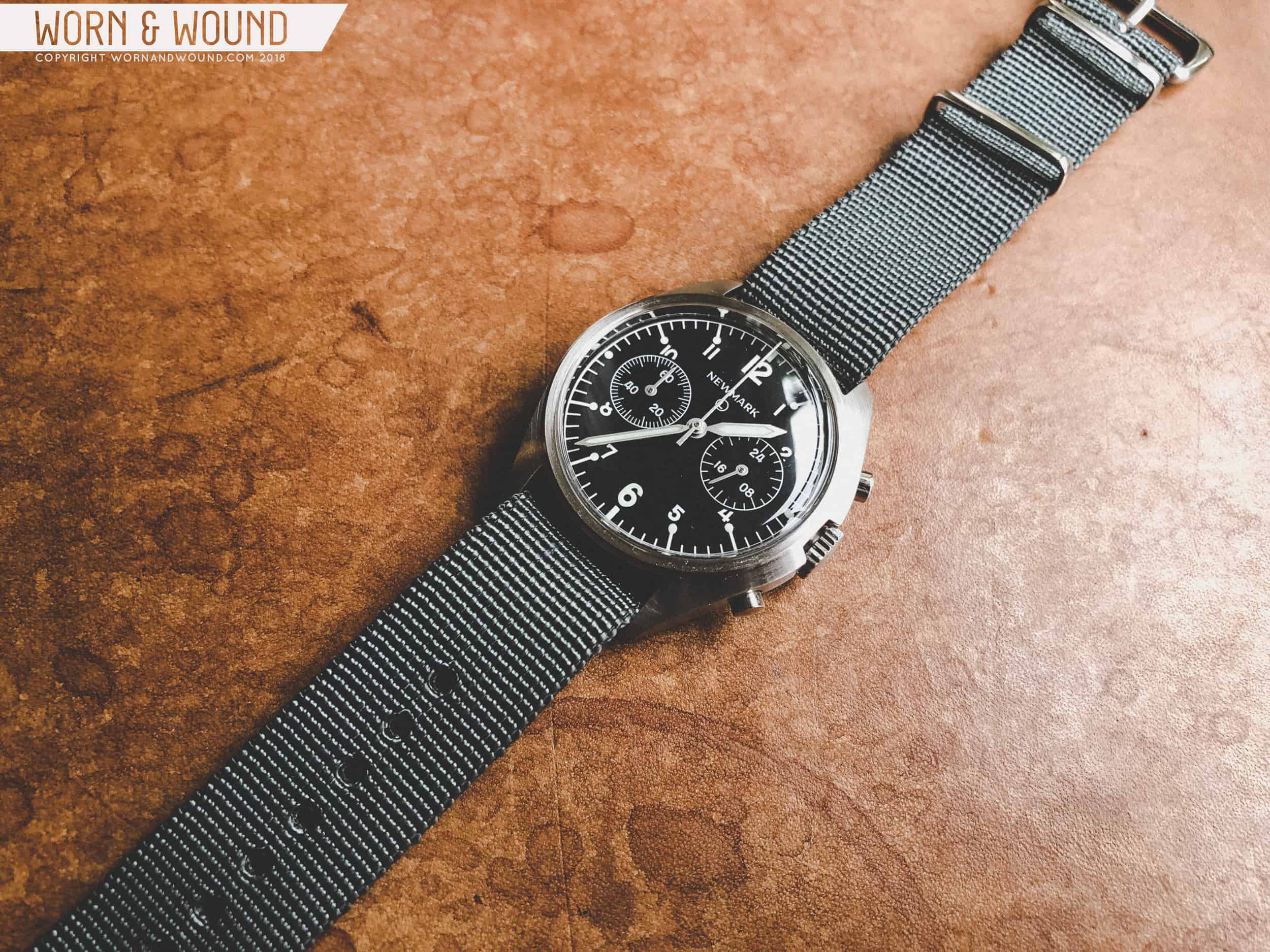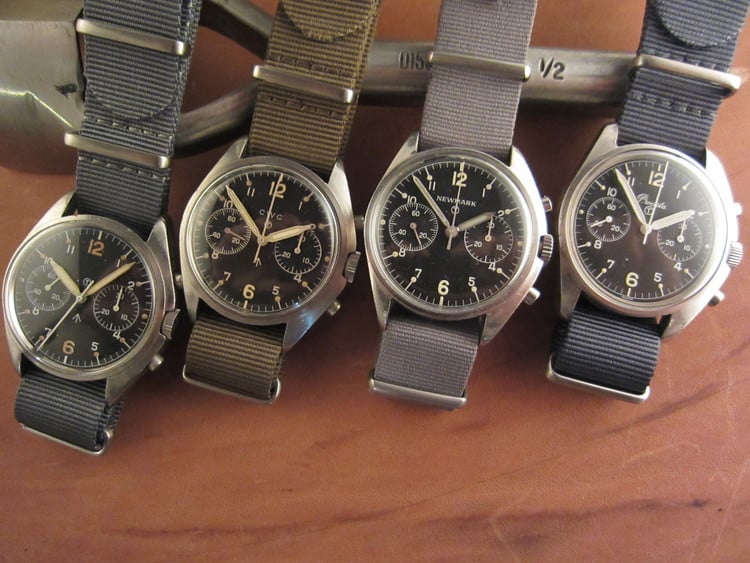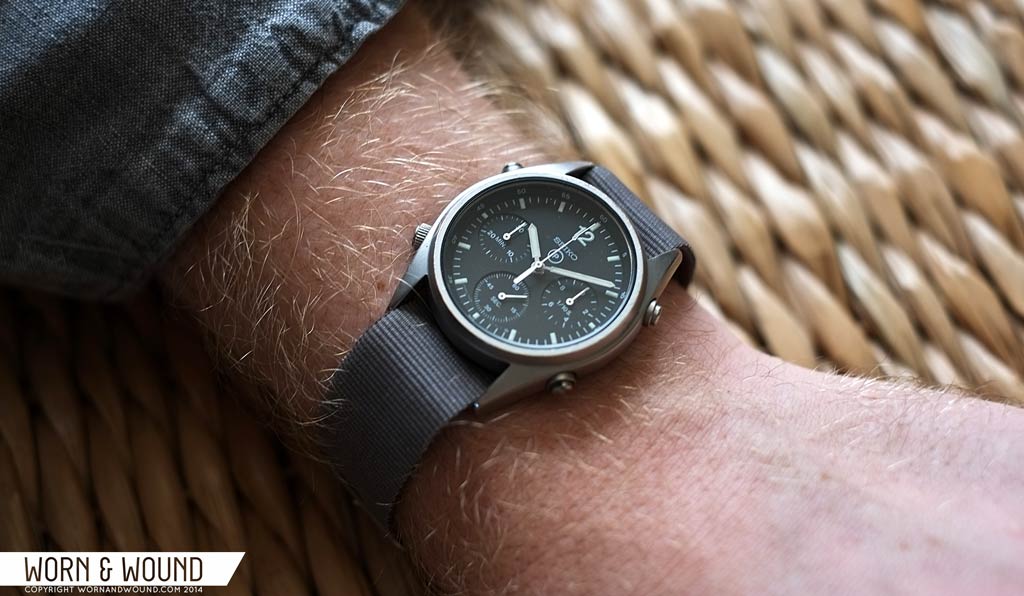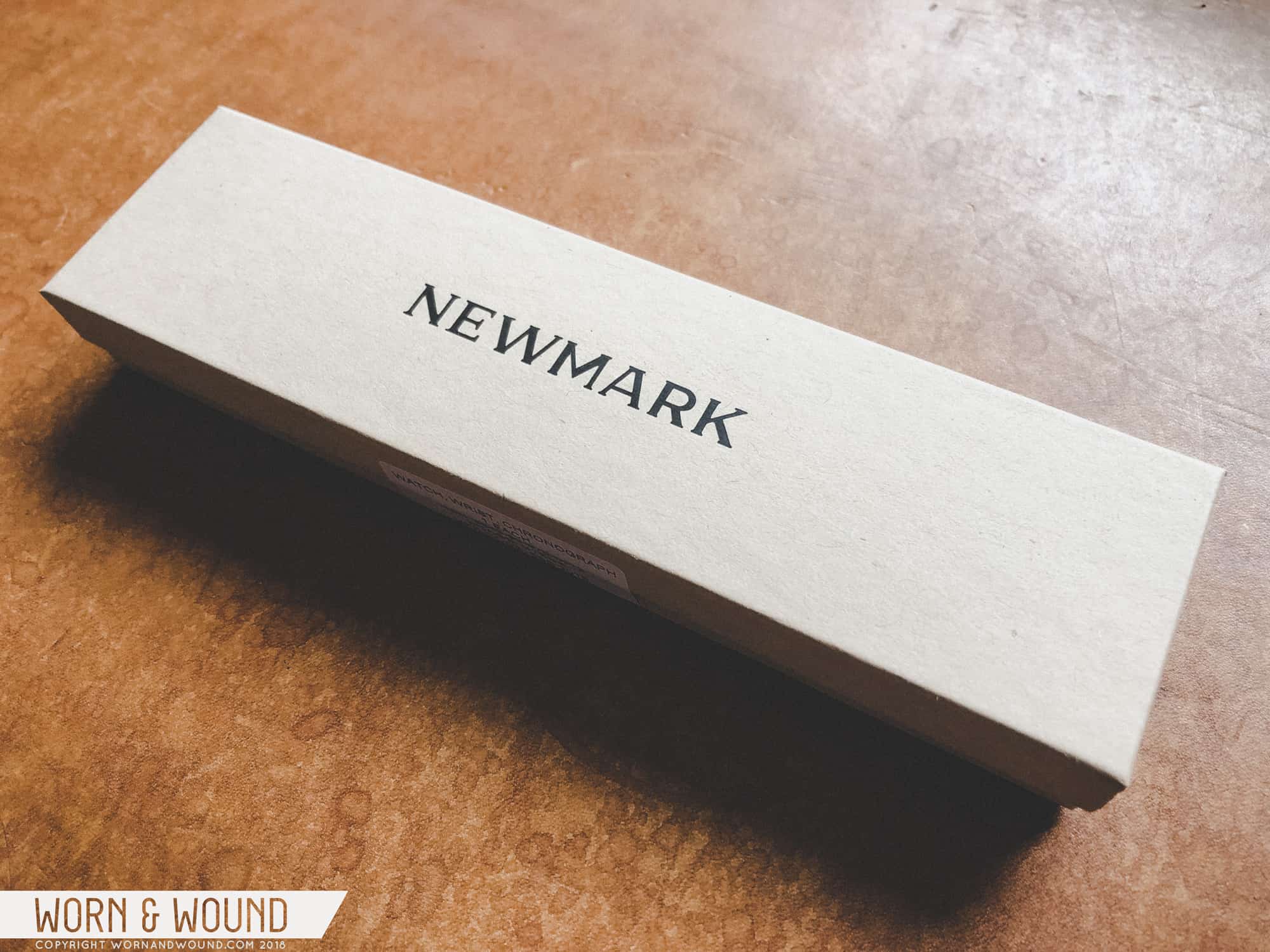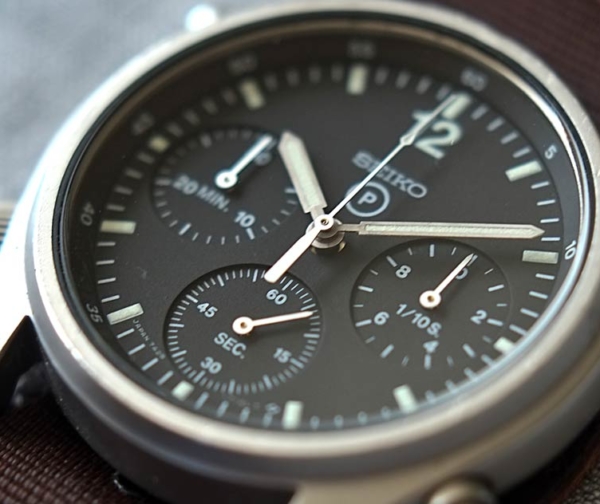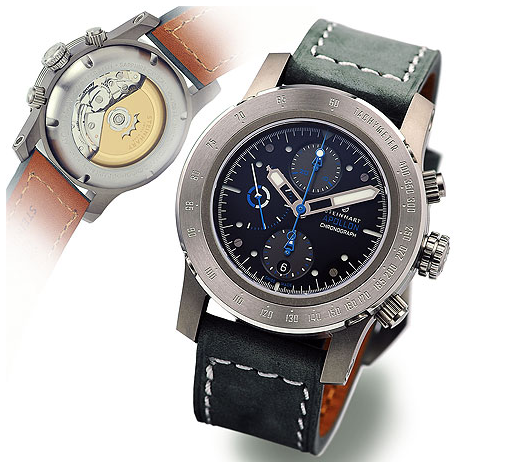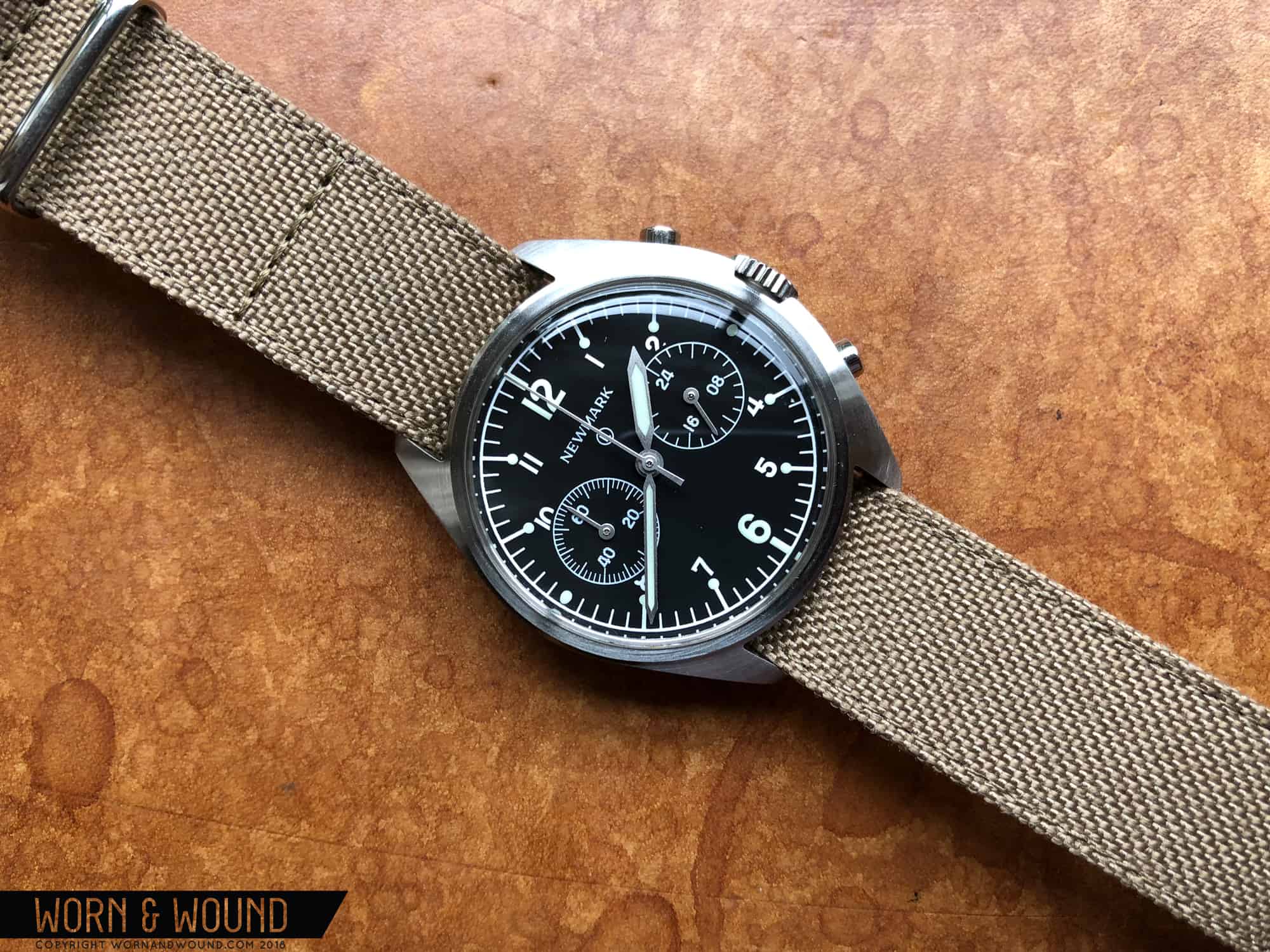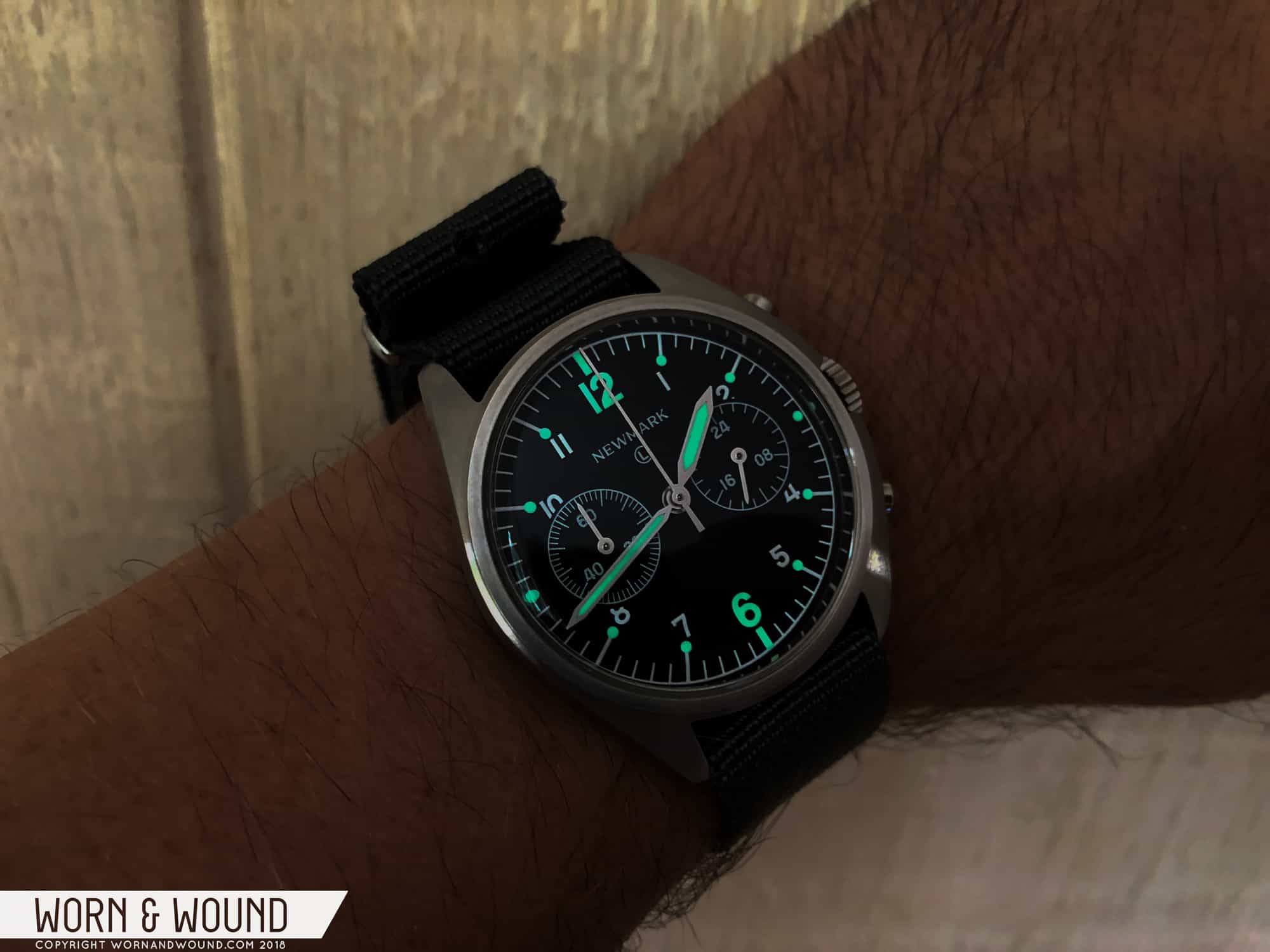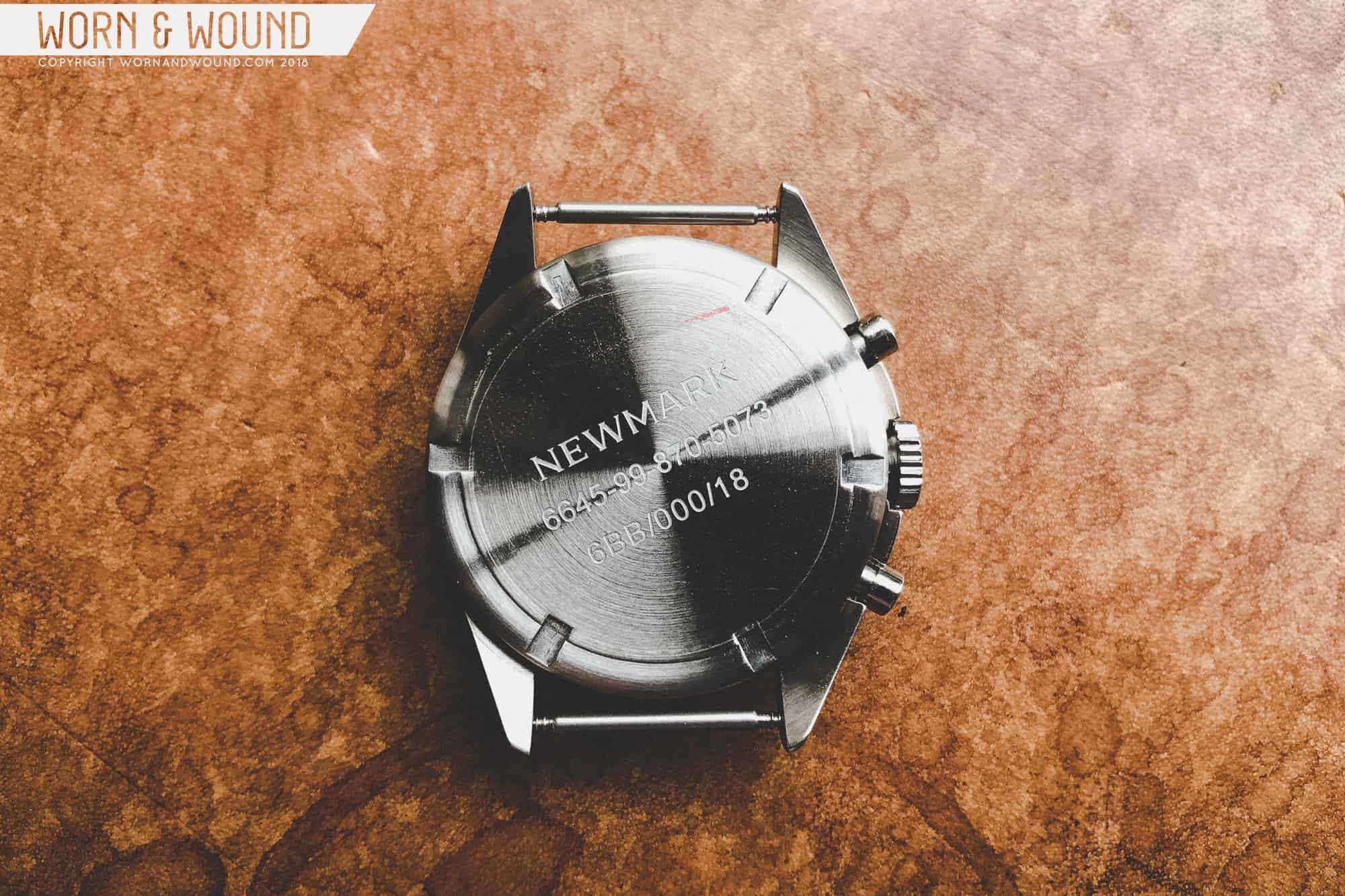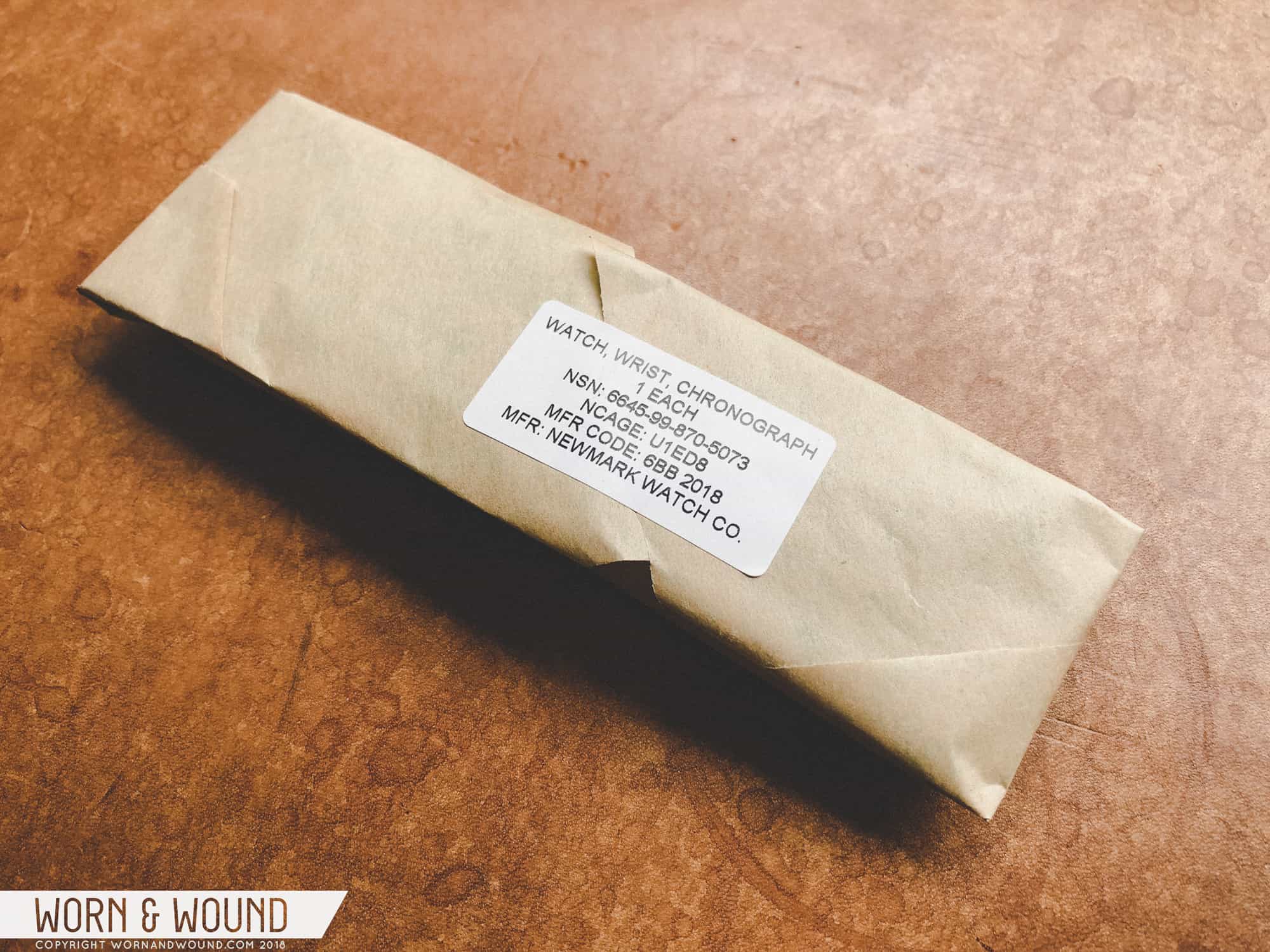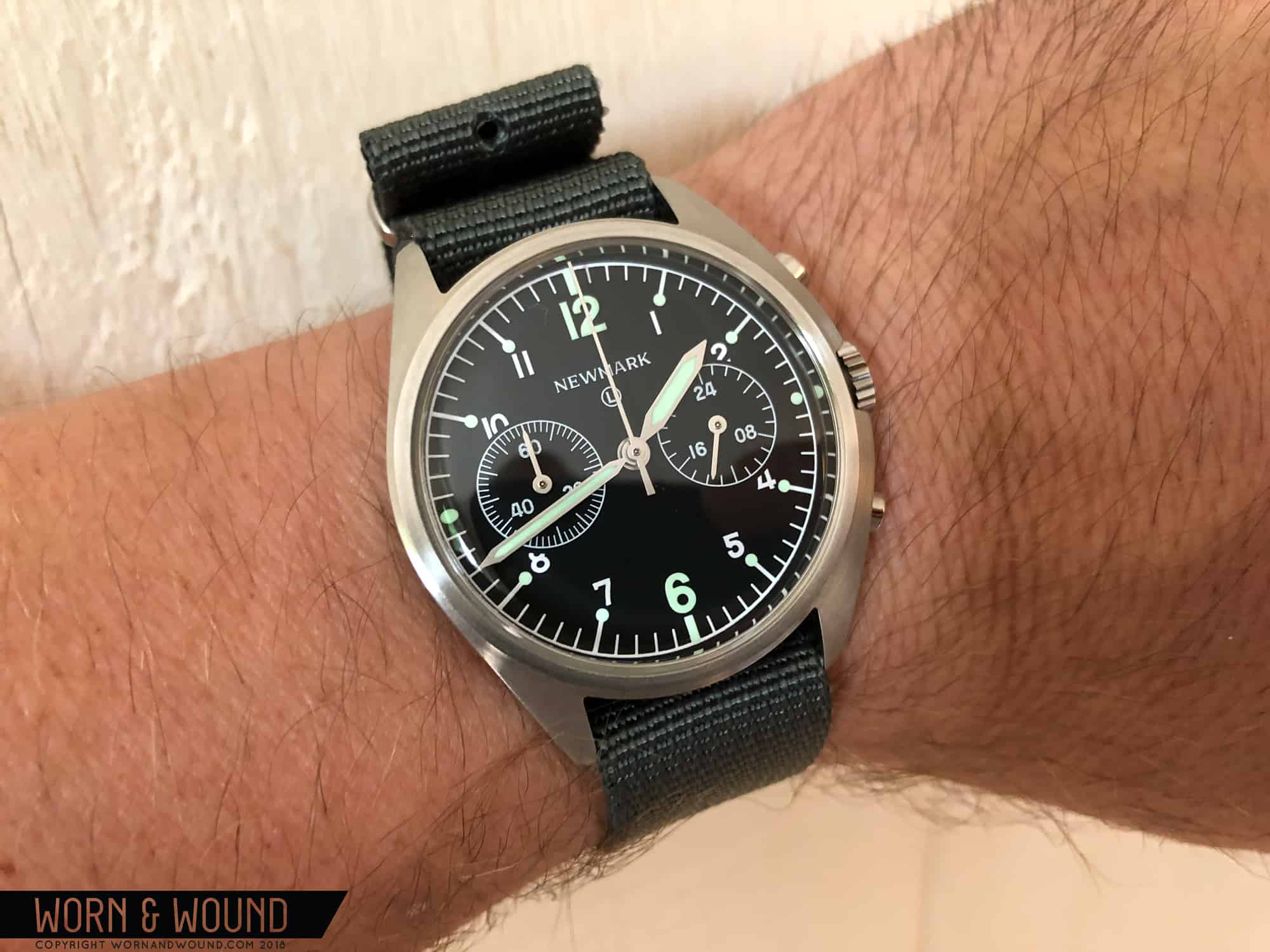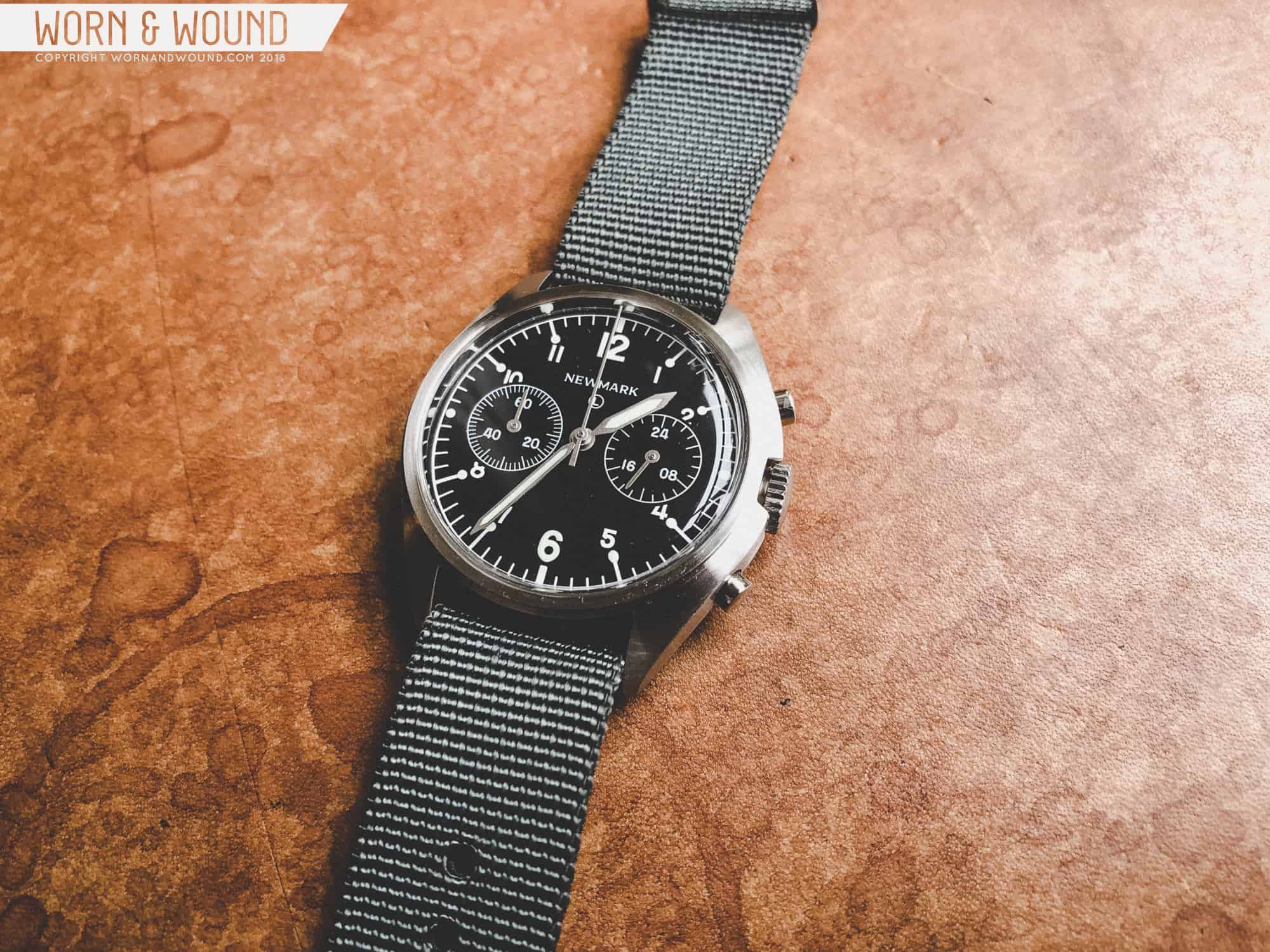It was pretty inevitable that Ewan Wilson would end up doing something that combined military aviation and watches. Back in the 1970s, when most children were reading comics over the breakfast table, Ewan had a copy of “Handling the Big Jets, An Explanation of the Significant Difference in Flying Qualities Between Jet Transport Aeroplanes and Piston Engined Transport” propped against the cornflakes.
He grew up in Cheltenham—home of not only Smiths watches, but aerospace instrument manufacturer, Smiths Instruments. The air around this part of Gloucestershire reeks of military flight. One of the first Royal Flying Corps stations was just down the road at RFC Rendcomb. This is the county where the Gloster Aircraft Company built the Meteor, the first British jet fighter. Hawker Siddeley were building the remarkable VTOL Harrier locally while Ewan was at school. Martin Baker are still manufacturing ejection seats over the border in Oxfordshire. Show and tells must have been interesting; Ewan tells the story of of how one of his schoolmates’ fathers was involved in the development of the Harrier’s head-up display.
Ewan’s love of watches started early, but not with the usual Timex or Ingersoll that most lads in the 1970s proudly strapped to their wrists. His father, who spent much of his time traveling, presented him with a Rolex GMT. That’s a fine start by anyone’s standards. Soon, he was exploring the more obscure alleys of Watchworld, collecting Seikos and heading down the well-worn path to becoming a nailed-on watch addict.
“By the time Newmark’s watches had found themselves on the wrists of military pilots, the RAF was already searching for their replacement.”
Given a background like that, it’s not surprising that Ewan has ended up taking ownership of Newmark, one of the Fabulous Four watch names involved in British military aviation. Along with CWC, Hamilton and Precista, Newmark supplied the RAF with aviation watches. Newmark was one of the later and smaller suppliers, with only 500 watches delivered in 1980. By contrast, Hamilton and CWC had been supplying them since the early 1970s.









 Featured Videos
Featured Videos




